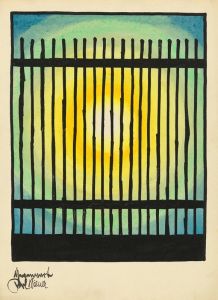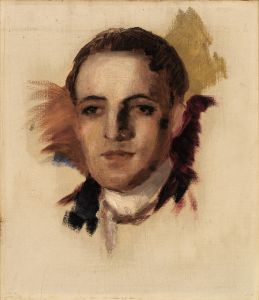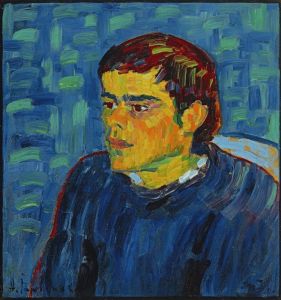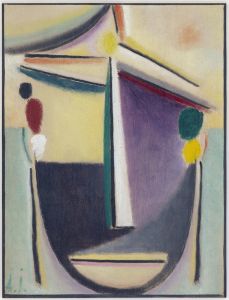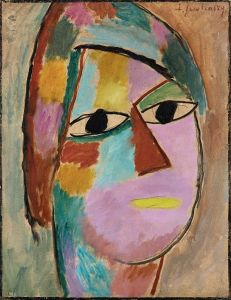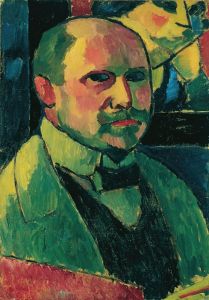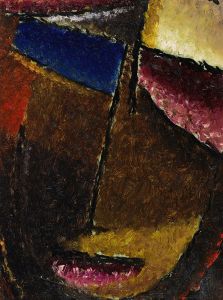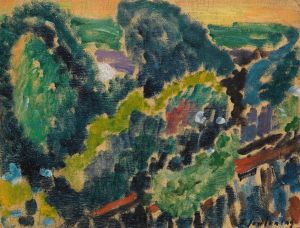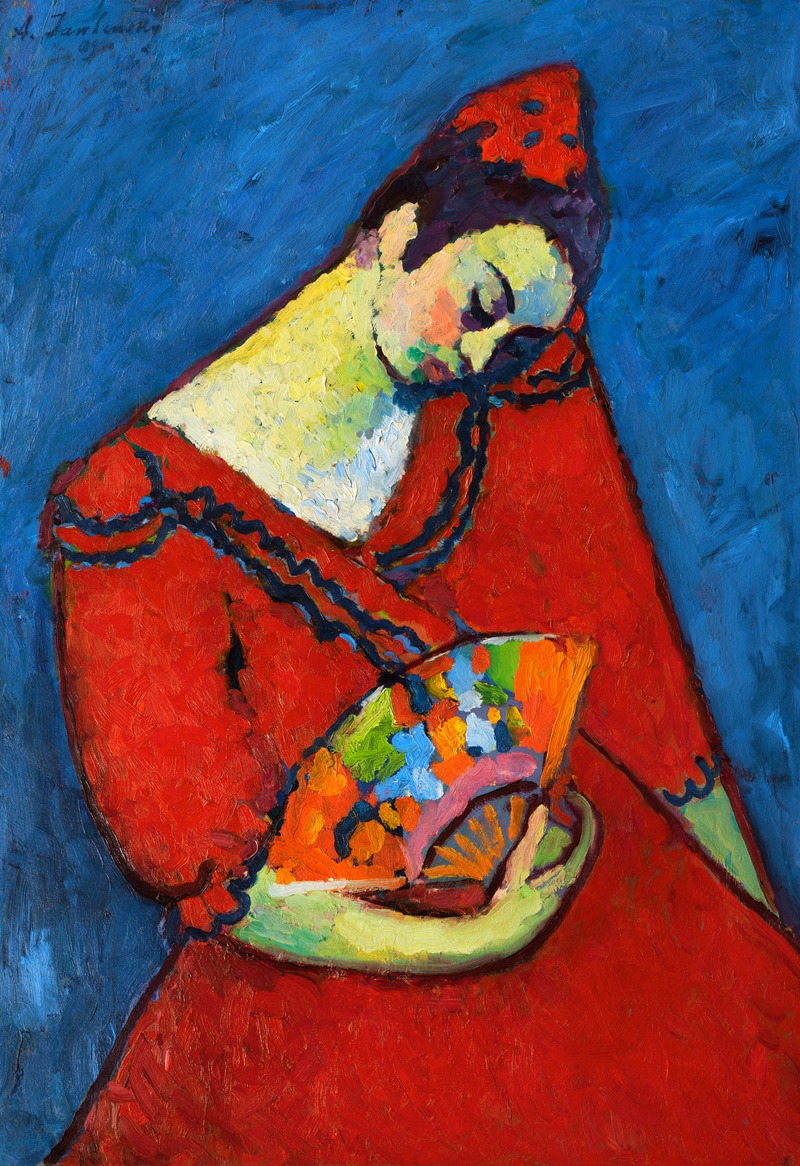
Spanische Tänzerin
A hand-painted replica of Alexej von Jawlensky’s masterpiece Spanische Tänzerin, meticulously crafted by professional artists to capture the true essence of the original. Each piece is created with museum-quality canvas and rare mineral pigments, carefully painted by experienced artists with delicate brushstrokes and rich, layered colors to perfectly recreate the texture of the original artwork. Unlike machine-printed reproductions, this hand-painted version brings the painting to life, infused with the artist’s emotions and skill in every stroke. Whether for personal collection or home decoration, it instantly elevates the artistic atmosphere of any space.
Alexej von Jawlensky's painting "Spanische Tänzerin" (Spanish Dancer) is a notable work within the artist's oeuvre, reflecting his engagement with color, form, and expression. Jawlensky, a Russian-born painter, became a significant figure in the German Expressionist movement, contributing to the development of modern art in the early 20th century. He was associated with groups such as Der Blaue Reiter, alongside artists like Wassily Kandinsky and Franz Marc.
"Spanische Tänzerin" is an example of Jawlensky's exploration of portraiture, a genre he frequently revisited throughout his career. The painting captures the essence of a Spanish dancer, a subject that allowed Jawlensky to experiment with vibrant colors and dynamic forms. His interest in dancers and performers was part of a broader fascination with capturing the spirit and movement of his subjects, often emphasizing emotional and spiritual dimensions over realistic representation.
Jawlensky's style in "Spanische Tänzerin" is characterized by bold, expressive brushstrokes and a vivid color palette. These elements are typical of his work during this period, where he sought to convey emotion and inner life through abstraction and color. The painting likely reflects his interest in the synthesis of form and color, a principle that was central to the Expressionist movement.
The influence of Fauvism is evident in Jawlensky's use of color, as he was inspired by artists like Henri Matisse, who prioritized color as a means of expression. Jawlensky's work also shows the impact of his Russian heritage and his exposure to various European avant-garde movements, which informed his unique approach to painting.
"Spanische Tänzerin" is not just a representation of a dancer but an exploration of the interplay between color and emotion. Jawlensky's approach often involved simplifying forms to their essence, allowing color to take on a symbolic and expressive role. This method aligns with his broader artistic philosophy, which sought to transcend mere depiction and reach a deeper, more spiritual level of expression.
Throughout his career, Jawlensky faced numerous challenges, including the upheavals of World War I and the subsequent political and social changes in Europe. Despite these difficulties, he continued to develop his artistic vision, contributing significantly to the Expressionist movement and leaving a lasting impact on modern art.
"Spanische Tänzerin" is a testament to Jawlensky's ability to blend influences from various art movements and his personal experiences into a cohesive and powerful artistic language. The painting remains an important example of his work, illustrating his commitment to exploring the emotional and spiritual potential of art.
In summary, Alexej von Jawlensky's "Spanische Tänzerin" is a vibrant and expressive work that exemplifies the artist's engagement with color, form, and emotion. It reflects his broader contributions to the Expressionist movement and his ongoing exploration of the spiritual dimensions of art.






